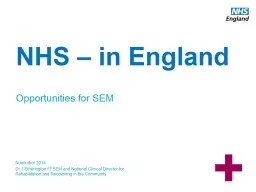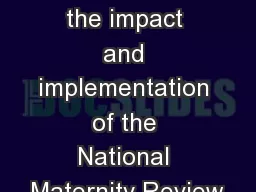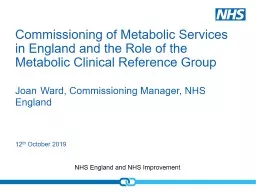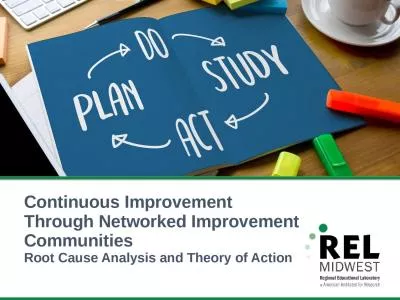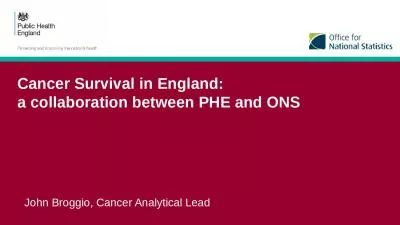PPT-NHS England and Improvement
Author : roy | Published Date : 2024-03-15
Falls Prevention Strength and Balance Task amp Finish Group Definitions and training Version 06 Key Knowledge and Skills 1 What is a fall 2 Why do people fall
Presentation Embed Code
Download Presentation
Download Presentation The PPT/PDF document "NHS England and Improvement" is the property of its rightful owner. Permission is granted to download and print the materials on this website for personal, non-commercial use only, and to display it on your personal computer provided you do not modify the materials and that you retain all copyright notices contained in the materials. By downloading content from our website, you accept the terms of this agreement.
NHS England and Improvement: Transcript
Download Rules Of Document
"NHS England and Improvement"The content belongs to its owner. You may download and print it for personal use, without modification, and keep all copyright notices. By downloading, you agree to these terms.
Related Documents

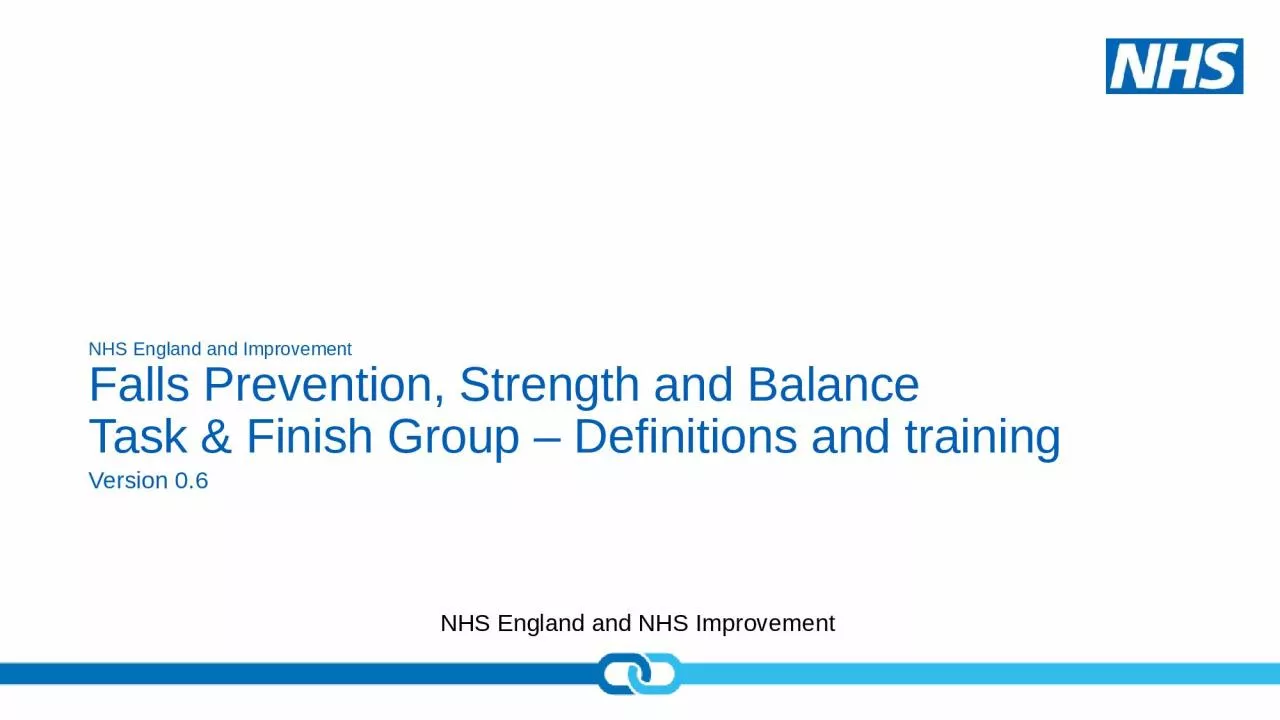
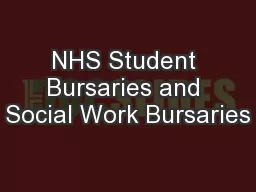
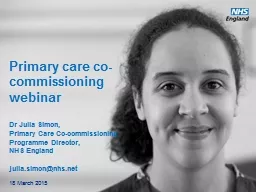
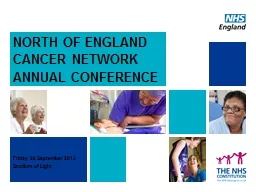
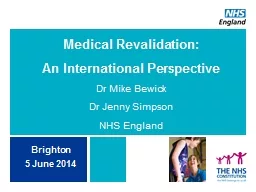
![NHS | Presentation to [XXXX Company] | [Type Date]](https://thumbs.docslides.com/398711/nhs-presentation-to-xxxx-company-type-date.jpg)
